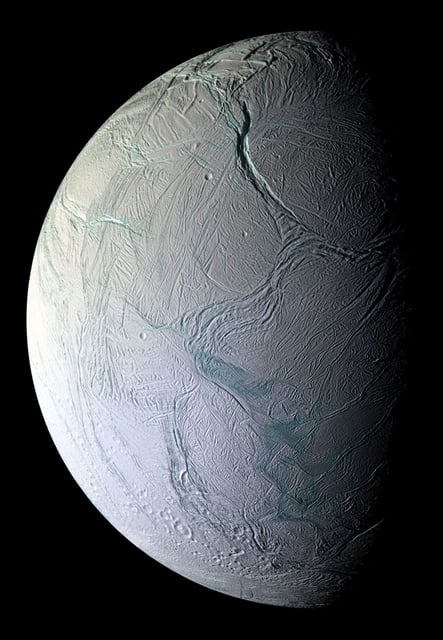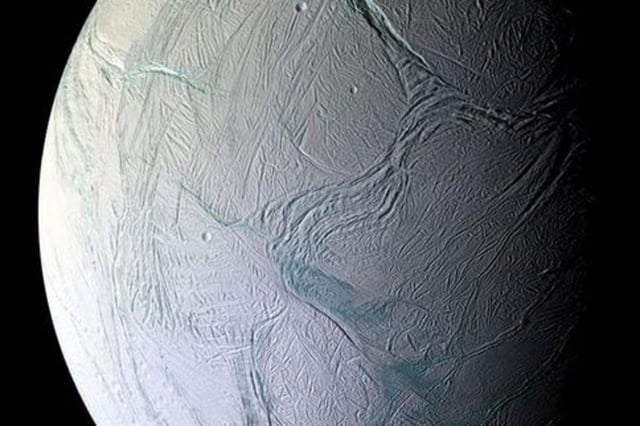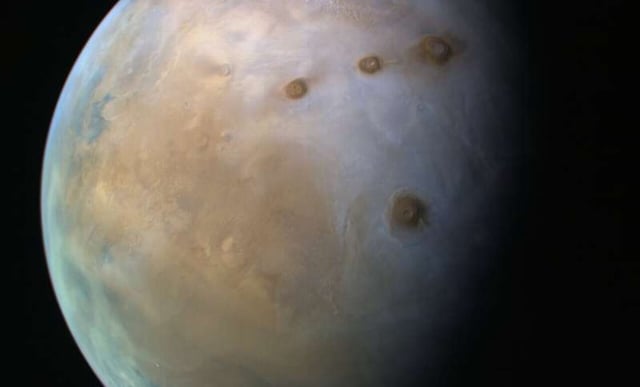Overview
- The study establishes the Radiolytic Habitable Zone as a validated framework for assessing habitability in underground water or ice energized by cosmic radiation.
- Modeling results show Enceladus offers the most favorable conditions for radiolysis-supported microbial ecosystems, followed by Mars and Europa.
- High-energy cosmic rays can penetrate thin atmospheres or ice shells to break water molecules apart and release electrons that certain bacteria could harness for energy.
- These findings expand the search for life beyond surface liquid water in the traditional Goldilocks Zone to include dark, cold subsurface environments across the solar system.
- The research was led by Dimitra Atri at NYU Abu Dhabi’s Center for Astrophysics and Space Science and published on July 28 in the International Journal of Astrobiology.



